Traditionally, there has been a mentality of ‘no pain, no gain’ when it comes to cycling. However, this mentality is very outdated. You should not experience pain whilst cycling and if you do now is the time to do something about it! We at Pain Free Power have put together for you a short blog that should hopefully improve your comfort on the bike. We start by talking about the three contact points on the bike (i.e., shoe/cleat interface, saddle and handlebar) and then provide some guidance on how to address some common complaints/areas of discomfort.
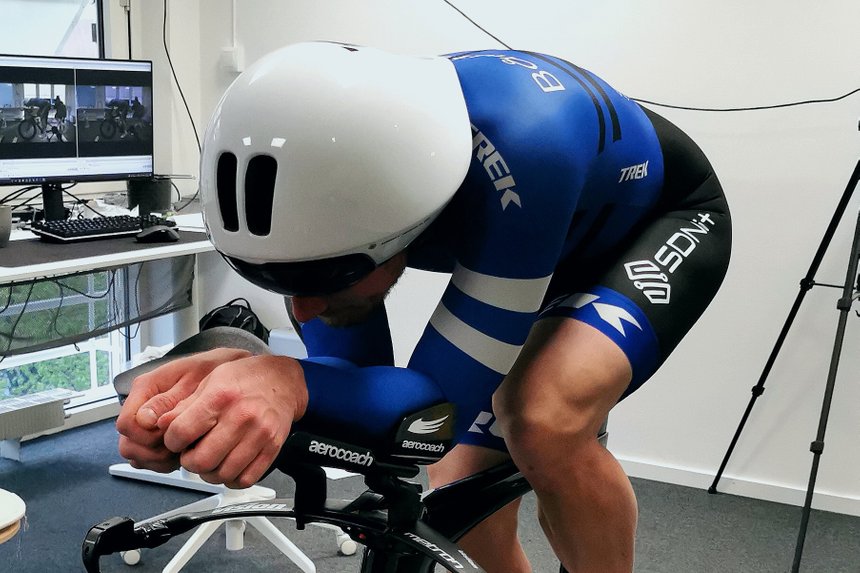
The shoe/cleat interface
First of all you need to make sure that you have well-fitting shoes. Common signs of ill-fitting shoes are numbness or hot spots in the feet. It is very easy to check whether your shoes are a good option, simply draw around your feet and also around the insoles of the shoes (see images below) - do the two match? Drawing around your feet on a piece of paper can also be a good way to find new shoes. Check out Lake Cycling for more information about measuring your feet.
Next you need to choose and set-up your cleats. Generally we would recommend cleats with a greater float (e.g., yellow - Shimano). Cleats with very little float can lead to knee pain as they do not allow any rotational movement. When setting-up cleats it is generally safest to mount the cleats far back on the shoe.
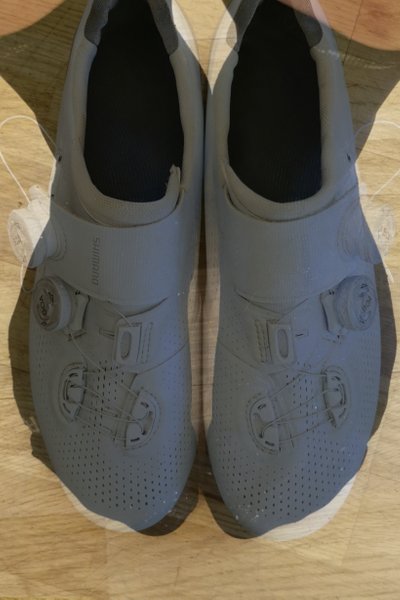
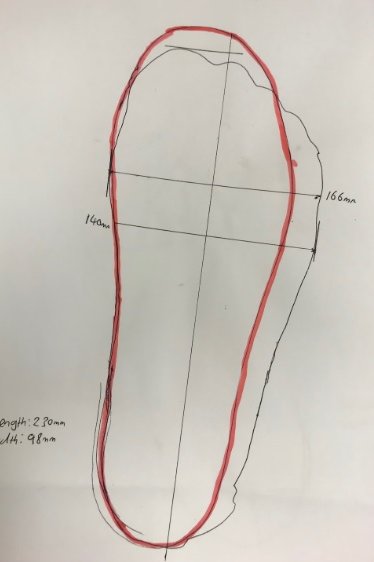
The saddle
Finding a comfortable saddle can be a difficult task. First of all, you should make sure to be using a saddle that is relevant to your discipline (e.g., tempo, MTB, road). It is very unusual that you would use the same saddle on both your tempo and road bike. Generally, we would recommend visiting a store where you can test different saddles. Everyone is different when it comes to saddles so what works for your friend may not necessarily work for you!
It is also important to remember that the saddle itself may not be to blame. It could be the position of the saddle. Both an excessively high and excessively low saddle can cause increased pressure and/or chafing. When setting up your saddle you also need to consider tilt. Generally, we would recommend setting your saddle level or slightly pointing down (we appreciate that on some saddles this can be difficult to measure). If you’re switching between different saddles you also need to be mindful that saddles can vary in relation to their depth which means that you will need to adjust your saddle height accordingly.
Another reason for saddle pain can be your cycling shorts. Shorts that are ill-fitting, worn or have a very thick chamois can lead to numbness on the saddle. If you’re experiencing any chafing, we would recommend using chamois cream. This provides a layer of protection between the skin and the shorts. There are lots of different brands that make chamois creams but we’ve always found Muc Off to be a good option!
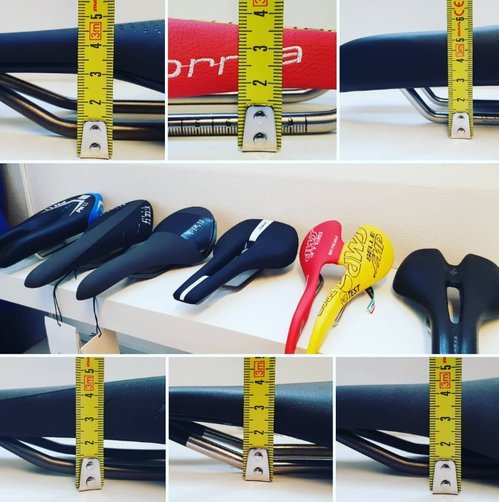
The handlebars
The last contact point to consider is the handlebars. If you’re riding a road bike then you need to think about the width of the handlebars. Handlebars that are too wide may cause shoulder pain and pressure on the hands. To determine what size bars you need you can measure shoulder width and check that the two are comparable. However, the handlebars are not always to blame. Often the aforementioned issues can be due to a lack of core engagement and poor posture.
If you’re riding a tempo bike things become a little more complicated. Again pain in the shoulder and back could be due to poor posture. It could also be due to the armrests being too close (leaving you squashed) or too far away (leaving you too stretched out). It is also important when setting up a tempo bike to consider bike handling. The closer/narrower the extensions the more ‘twitchy’ or responsive the bike will be. It is also very important that you set-up the extensions so that you’ve got a clear line of view and the shape of the extensions compliments your riding style. Extensions can vary in relation to shape and angle.
Common complaints
Below is a list of common complaints we hear from cyclists and triathletes, along with some potential adjustments you can try to relieve the issues.
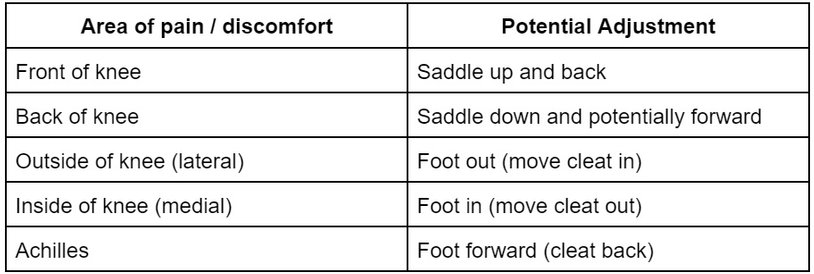
Final thoughts
Please note that the potential adjustments mentioned above are a good place to start but may not solve your problems. If you’re still experiencing pain/discomfort we would strongly recommend that you seek professional advice from a fitter accredited by the International Bike Fitting Institute. Improving comfort on the bike not only reduces the risk of injury, but it could also make you faster. If you have any more questions about bike positioning, please email info@painfreepower.se and one of experienced bike fitters will be happy to help :)
If you would like any more information about bike fitting or have any questions regarding bike positioning please get in touch.